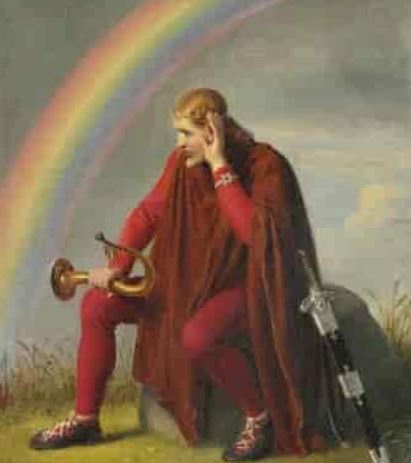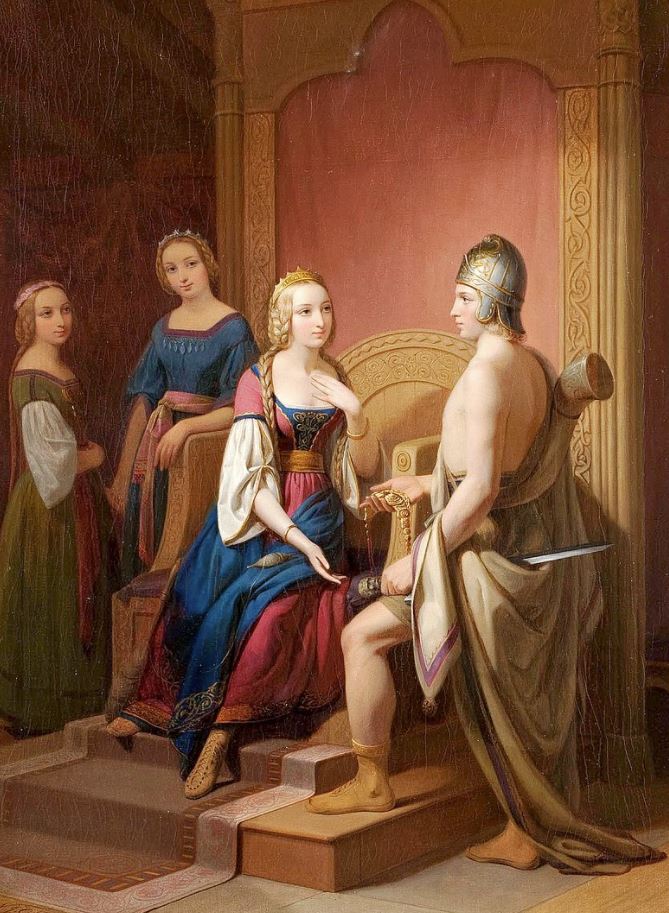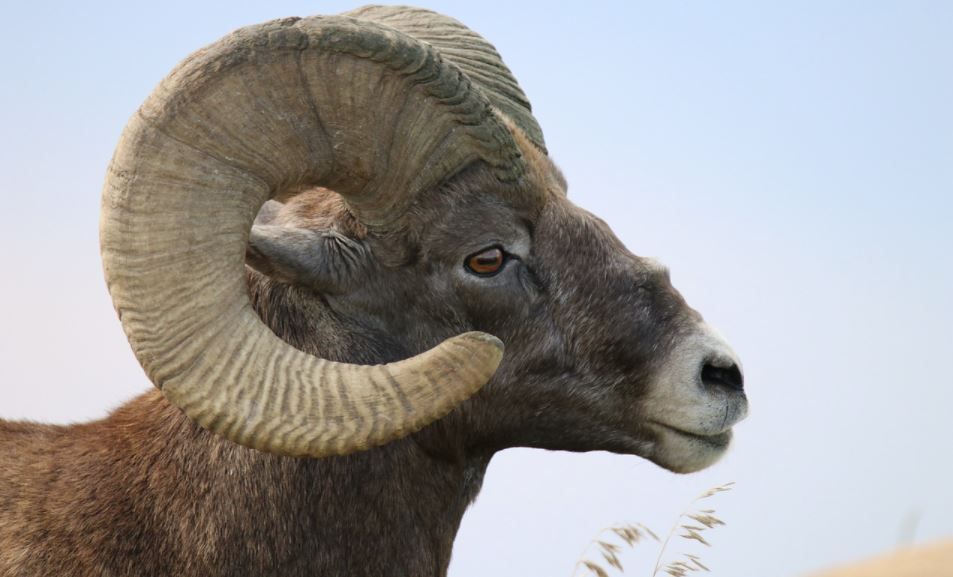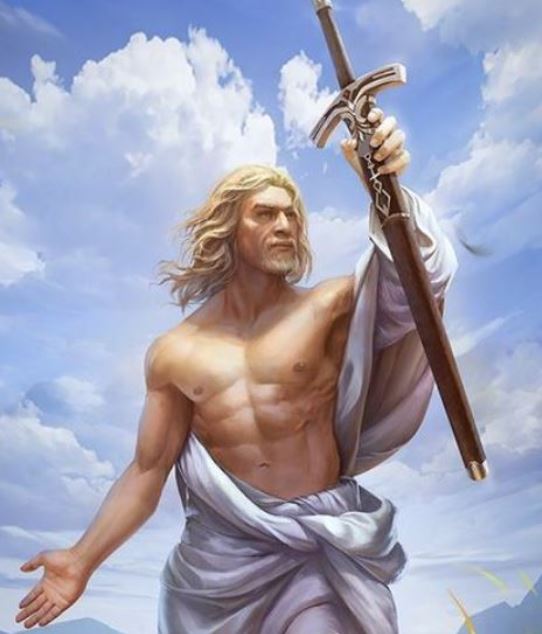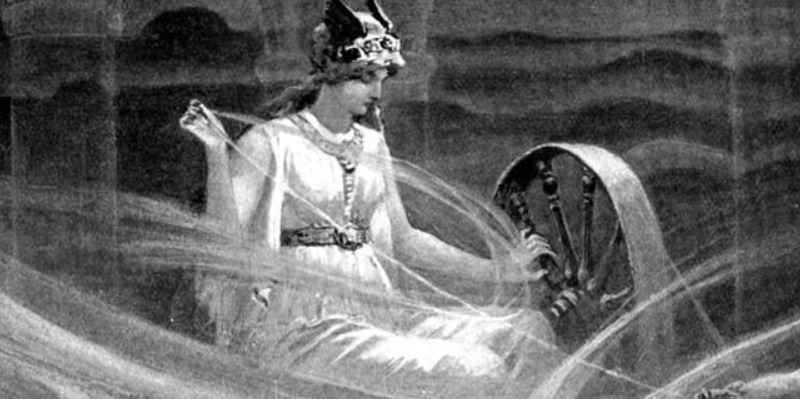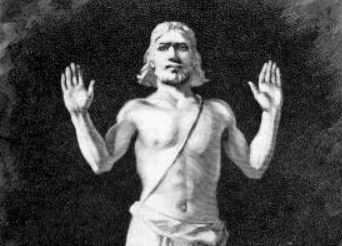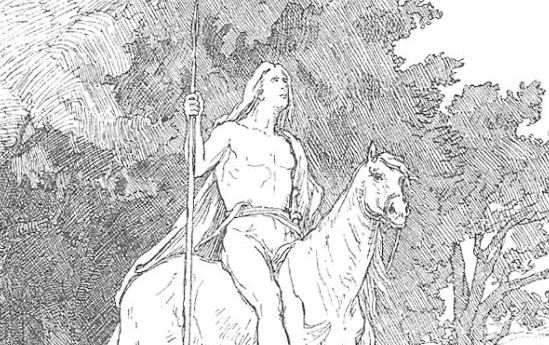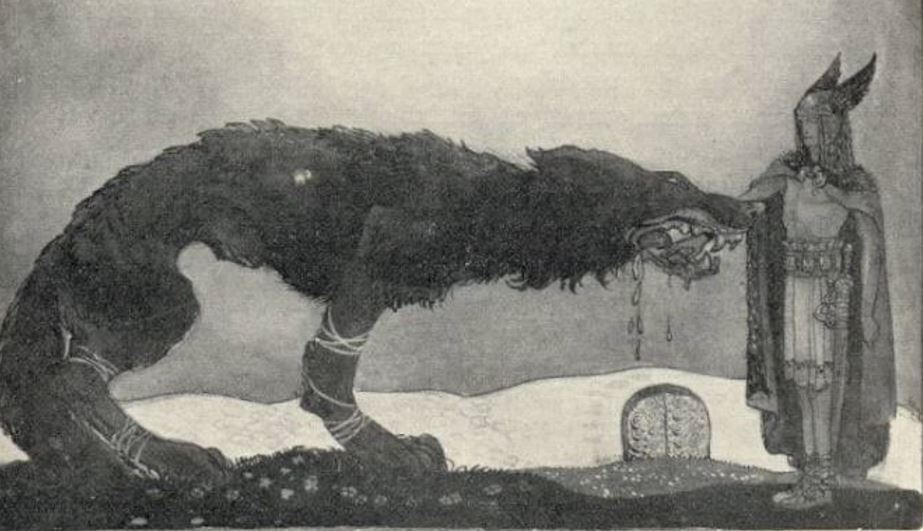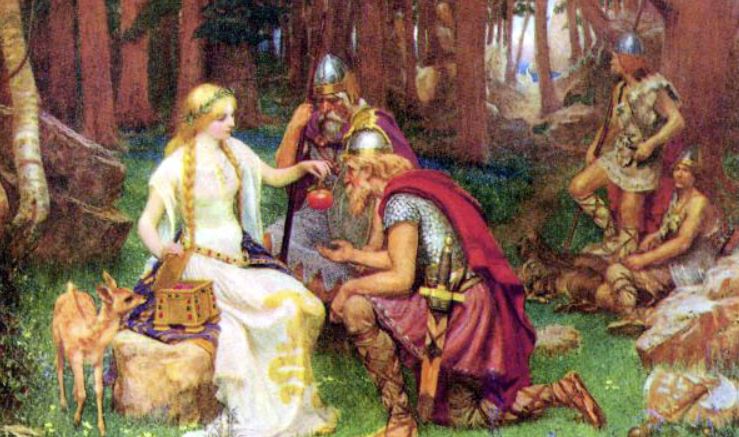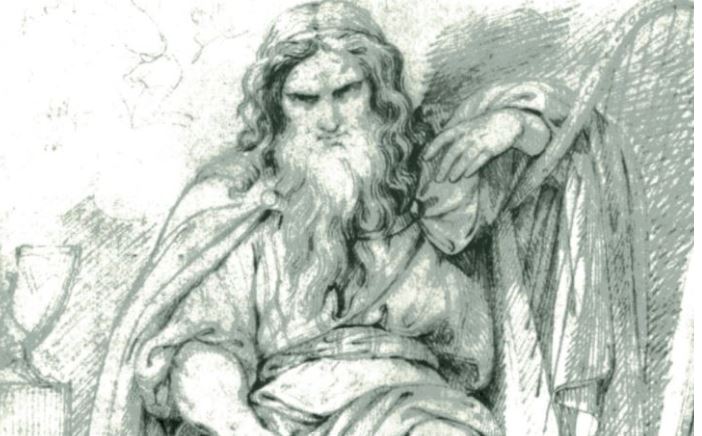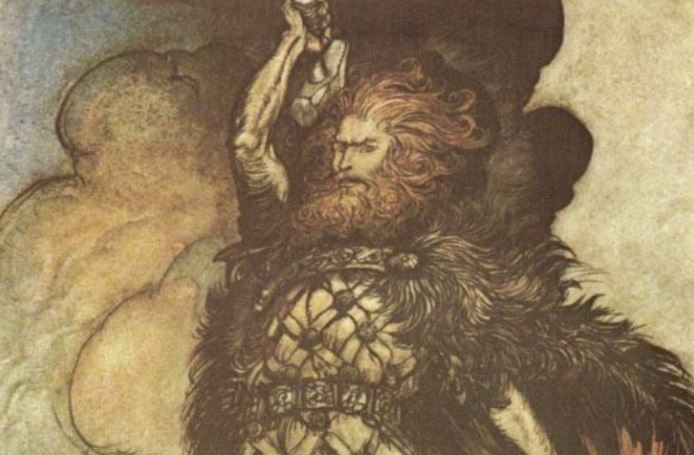Norse God Heimdall, The Guardian and Sentinel of Asgard
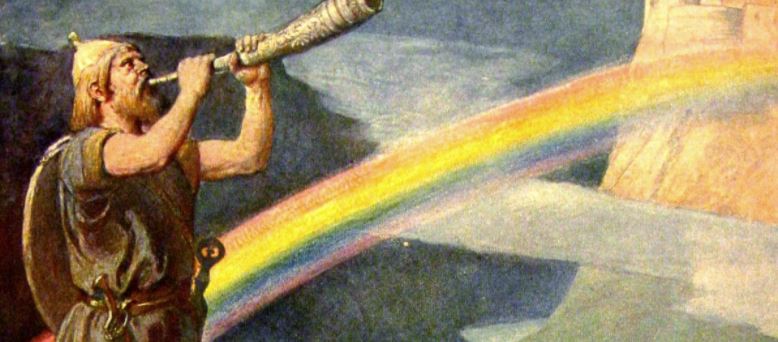
In the pantheon of the ancient Norse religion, Heimdall had the role of a sentinel.
The gods lived in a sky fortress by the name of Asgard, whose entrance was a rainbow bridge called Bifrost. The Norse god Heimdall would have stood at his position at the top of Bifrost, always controlling that no intruders tried to invade Asgard.
He had a horn, called Gjallarhorn, which he sounded in case of danger.
Of course, the sound of the Norse god Heimdall’s horn would have been the first signal that Ragnarok, the awful battle that would have ended the gods and the Universe as well, was about to begin.
Because of his characteristics, i.e. his sense of duty and responsibility, he was considered to be the nemesis of Loki, the trickster deity, the betrayer of the gods.
For this reason, he would have faced Loki during Ragnarok, and the two gods would have killed each other while the world disappeared into the sea.
To perform his important task of guarding Asgard, the Norse god Heimdall would have been in possession of a supernatural keenness of the senses.
His eyesight would have been so good that he could see for a hundred leagues, while his earing was so acute that he could even listen to the sound of the grass growing in a field, or of the wool growing on a sheep.
He would have also been unnaturally vigilant, needing a very little amount of sleep.
Norse god Heimdall: Origin of the Name
The sentinel god Heimdall was known by many names.
Most of them have a quite obscure meaning, but it has been suggested that “Heimdall” might mean “the one who lights the world”.
The Norse god Heimdall with the Gjallarhorn
History of the Norse god Heimdall and Most Important Myths Related to Him
The Norse god Heimdall was one of Odin’s sons and, very interestingly even for a god, he would have been given birth by nine sisters, and would have therefore had nine mothers.
Since, in another myth, it is said that the sea entities Ran and Aegir had had nine daughters, who would have represented the waves, it is believed by some that Heimdall was a son of the waves.
This interpretation would be supported by other hints that suggest an association of Heimdall with the sea. Nonetheless, many scholars have noted that the names of the nine wave sisters and those of the nine mothers of Heimdall, as reported by sources, do not match.
This is just one of the many obscure points in our knowledge of the figure of the Norse god Heimdall.
A representation of Heimdall Norse mythology
Another one regards his association with the ram, which remains absolutely unclear. Also, he has been connected by some to the goddess Freya but this link, as the other ones mentioned, is not developed enough to be understood.
Anyway, it seems to constitute the basis for one of the few myths about Heimdall still surviving, which also underlines the rivalry between the Norse god Heimdall and Loki. Let’s see this myth in detail.
The Theft of the Brisingamen
Freya was the goddess of love, but she also presided over many other fields. Since one of these was jewelry, it is not surprising that she was thought to possess one of the most astonishing jewels in the world, a necklace called Brisingamen.
It was told that, in order to have it, she had agreed to sleep, in turn, with four dwarves who possessed it before her.
Odin came to know this fact, so he ordered Loki to steal the Brisingamen from Freya. It was a difficult task because Freya kept it on even when sleeping.
Nevertheless, Loki managed to do it transforming into a fly, entering into Freya’s locked room at night, stinging her so to make her move her hand away from the Brisingamen, and then grabbing the jewel.
When Freya woke up, she discovered that she had lost her precious necklace, and asked the Norse god Heimdall to help her recover it.
Thanks to his keen senses, Heimdall had been able to see what Loki had done with it: he had turned into a seal and had dived into the sea, hiding the Brisingamen beneath the waves.
Therefore, Heimdall transformed into a seal, too, and faced Loki. At last, the Norse god Heimdall was able to recover the Brisingamen and took it back to Freya.
Norse god Heimdall returning the Brisingamen to Freya
Heimdall powers
The main power of the Norse god Heimdall is surely his supernaturally good eyesight and earing.
From the myth told above it would seem that he was able to transform himself, too, but this feature is not mentioned in any other source.
Some scholars, therefore, think that it was not present in the original figure of Heimdall.
Norse god Heimdall Symbols and Their Meanings
As we have said before, Heimdall seems to be linked to the ram. Though no definitive explanation has been given for this connection, an interesting possibility has been suggested. Let’s see it in detail.
Heimdall Norse god symbol: The Ram
It has been noted that, in many parts of the world, mariners tend to identify the waves with different kinds of animals, like rams, sheep, and horses.
Also, it is common among seamen to count the waves during storms, trying to figure out patterns in their sequences. One popular belief wants the waves to come in groups of nine, the ninth being the strongest: when seeing the waves as animals, therefore, the ninth waves can be seen as the strongest among them, i.e. the ram.
Heimdall symbol: the ram
According to some scholars, the Norse god Heimdall is the son of the nine waves, and would therefore be associated with the ninth wave. The connection between Heimdall and the ram would come from this circumstance.
Additional Facts about Heimdall Norse mythology
Adding to the complexity of the figure of the Norse god Heimdall, in the sources some sparse references can be found suggesting that he might have been the creator of humankind.
As such, he has been identified with Rig, the mythical forefather who appears in a text from the Poetic Edda. Though this identification seems quite hazardous (Rig’s description as an old wise man seems to match more Odin’s than Heimsdall’s), nevertheless it has been used to connect the Norse god Heimsdall to other creator deities like the Greek Prometheus and the Germanic Mannus.

